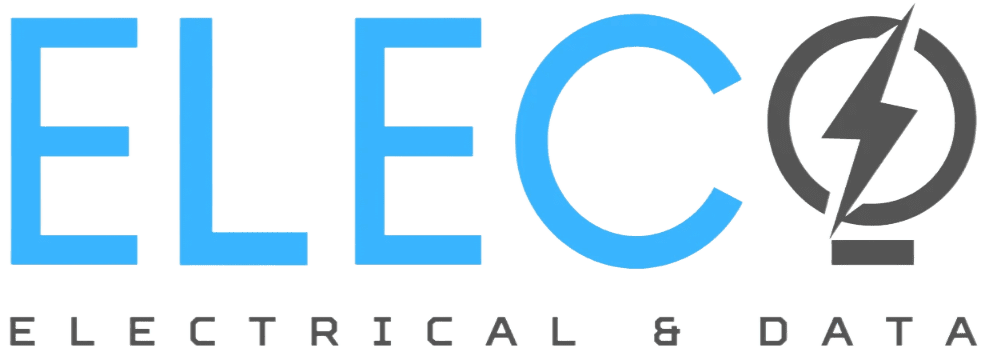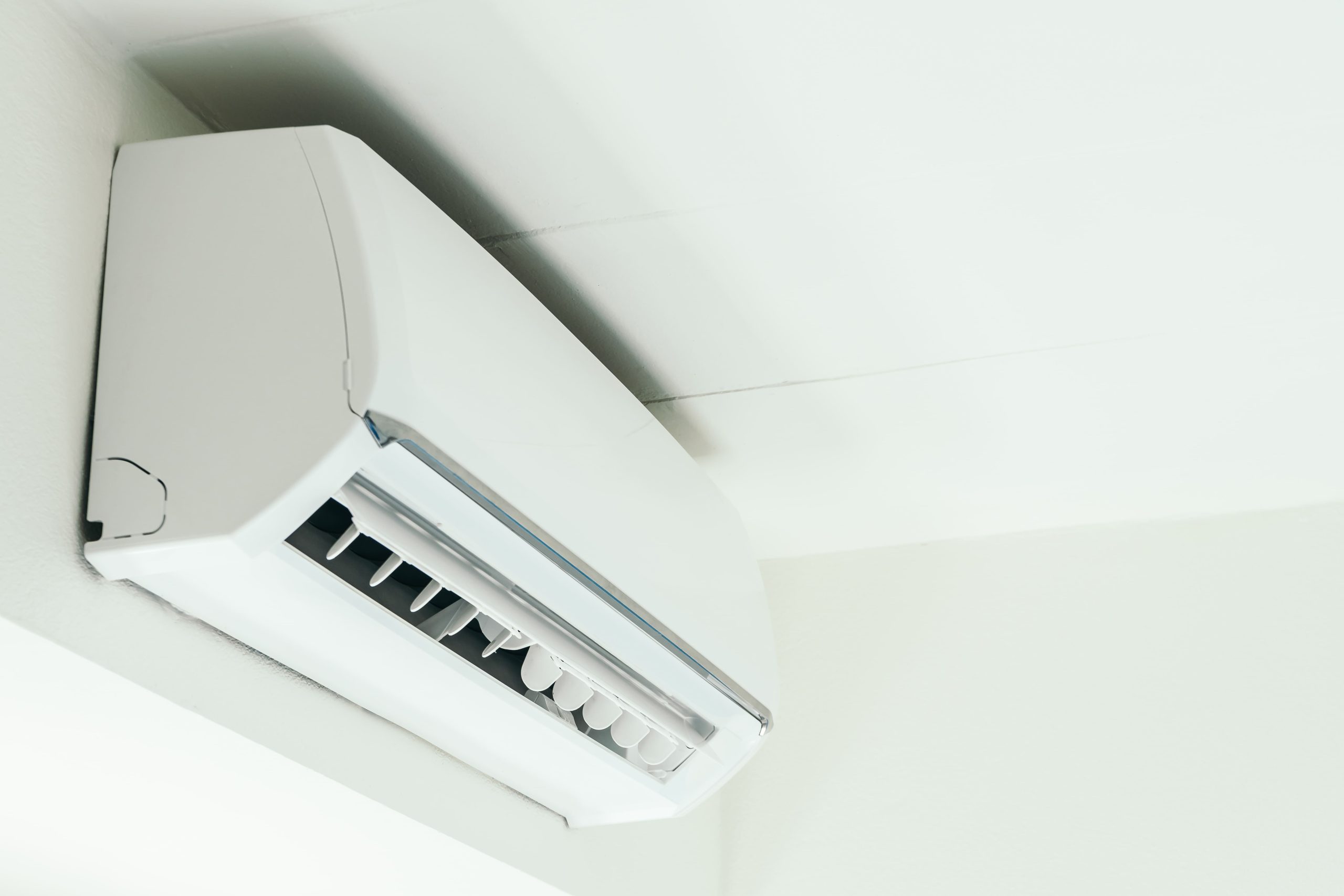Thomastown’s climate swings between hot summers and chilly winters. For both residential and commercial properties, maintaining year-round indoor comfort is essential. Increasingly, residents and business owners are opting for split-system air conditioning units as a practical and effective solution.
This guide provides a comprehensive overview of split system installation in Thomastown, including system selection, cost expectations, installation considerations, and common issues. Whether you are a homeowner or business owner, this resource is designed to support informed, practical decision-making.
What is a Split System Air Conditioner?
A split system (ductless system) has an indoor unit and an outdoor condenser. The indoor unit blows cooled or heated air, while the outdoor unit expels or absorbs heat. Most are reverse-cycle, meaning they cool in summer and heat in winter – a home “mini-fridge” that works in both directions. This flexibility makes split systems ideal for year-round climate control.
Split systems are efficient and quiet. The compressor sits outside, so indoors there is only minimal noise. You can control each room or zone separately, saving energy. These units deliver excellent cooling or heating performance while using less energy, helping to lower utility bills.
Why a Split System in Thomastown?
Given Thomastown’s weather, a split system makes a lot of sense. Summers can be intense – Melbourne’s highest recorded temperature is 46.4°C, and we often see long stretches above 30°C. Winters can be cool too, with average overnight lows around 5–6°C. A reverse-cycle system handles both without needing separate heating and cooling units. In effect, one installation covers all seasons.
Modern split systems also improve indoor comfort with air filtration and dehumidification. Compared to old gas heaters or evaporative coolers, split-system aircons cool or heat much faster. Many Thomastown families find they quickly bring indoor temperatures to where they want with much better energy efficiency than older units. This is especially useful in well-insulated homes or townhouses where zoning (heating/cooling only the rooms in use) can make a big difference in bills.
Factors Affecting Split System Installation Cost
Several factors influence the cost of an air conditioning installation:
- Unit Size & Number: The required capacity (kilowatts) depends on room size. A small bedroom might use 2.5–3.5 kW, while a large living room might need 6–8 kW. Each extra indoor unit (in a multi-split system) increases the total cost.
- Brand & Efficiency: High-end inverter models cost more upfront but run very efficiently. Basic models or older technology are cheaper initially.
- Installation Complexity: Simple installs (indoor and outdoor units on adjacent walls) are less expensive. Complicated installs – drilling through concrete, long pipe runs, or working at height – require more labour, raising the price.
- Site Requirements: Factors like adding a new electrical circuit, pouring a pad for the outdoor unit, or tight access in a small yard can add to the bill.
A typical single-head split system install in Melbourne/Thomastown costs roughly $1,800–$3,500. This covers a mid-range 3–5 kW unit with professional installation. Larger systems or premium brands can be higher (often $4,000–$6,000). Multi-head setups generally run from $3,000 up to $9,000, depending on the number of indoor units.
Quick Tip: Always get an itemised quote. Very low bids may use outdated models or skip necessary work. A good installer will explain the unit size you need and why, helping you avoid underpowered (inefficient) or oversized (wasteful) systems.
Installation Process & Timeline
For a standard home, a split system installation is usually done within a day. A professional installer will mount the indoor wall unit, drill a small hole for the refrigerant pipes and wiring, install the outdoor condenser on a pad, then connect and test everything. Most single-unit installs take about 4–8 hours. After setup, they’ll demonstrate how to use the remote and handle basic maintenance like filter cleaning.
Multi-room installs or tricky locations may take longer (sometimes a second day). Your installer should give a clear timeframe when quoting. If someone claims they can do it in an unusually short time, be cautious – rushing the job can lead to problems.
Permits, Licensing & Regulations
In most Thomastown homes, you won’t need a council planning permit to install a split system (unless your property has a special heritage overlay). The key requirement is using licensed tradespeople. Victorian law requires that all split-system installations be done by ARCtick-certified (RAC) technicians, and any electrical work by a registered electrician. If you live in a townhouse or apartment, check whether your body corporate has rules about outdoor unit placement.
Energy Efficiency & Running Costs
Modern split systems can be extremely efficient. Look for units with high star ratings and inverter compressors (which vary speed instead of on/off). High-efficiency models can cut energy use by 20–40% compared to basic units.
Running a medium 5 kW unit uses roughly $0.25–$0.35 per hour. So running it for 4 hours might use about $1–$1.40. Save by using it smartly: moderate temperatures (24°C in summer, 20°C in winter), use ceiling fans, close curtains, and clean filters.
Don’t forget rebates: Victoria offers incentives under the Victorian Energy Upgrades program. Replacing an old electric heater with a high-efficiency reverse-cycle aircon could earn you a rebate of a few hundred dollars. Ask your installer about available rebates or discounts.
Choosing the Right Split System
Key considerations:
- Capacity: Ensure the kW rating matches your room size. Oversized = wasteful, undersized = ineffective.
- Brand & Warranty: Choose reputable brands with solid warranties (usually 5 years).
- Heating Output: Confirm the unit can produce enough heat in winter.
- Noise Levels: Bedroom units should be under 25 dB; plan the outdoor unit’s location carefully.
Maintenance Tips and Common Fixes
Regular upkeep keeps your system running smoothly:
- Clean Filters Monthly: Rinse indoor filters regularly.
- Keep Outdoor Unit Clear: Maintain clearance and remove debris.
- Check the Drain: Prevent indoor leaks by clearing the drain pipe.
- Annual Service: Book a licensed technician once a year to inspect refrigerant, coils, and connections.
Addressing small issues early prevents major repairs. With good care, your system can last over 10 years.
Conclusion
Installing a split system in Thomastown is a smart way to manage both heat and cold efficiently. Choosing the right system, hiring professionals, and using available rebates ensures efficient operation and long-term reliability.
To take the next step, contact a local Thomastown HVAC professional for an obligation-free quote or consultation. A qualified technician can assess your property’s needs, recommend suitable models, and handle installation or repairs safely. This way, you can rest assured that your new system will run efficiently and keep your space comfortable all year round.
Don’t wait for the next heatwave or cold snap — reach out to us today to get expert advice and tailored pricing for your split-system installation.
FAQs:
-
What’s the difference between a split system and a ducted system?
Split systems heat or cool individual rooms, while ducted systems control the temperature throughout the whole property. Split systems are usually more cost-effective for smaller areas.
-
Will a split system increase my electricity bill?
A properly sized and installed split system can be energy-efficient. Using inverter technology and regular servicing helps reduce running costs.
-
Are your electricians licensed for split system installations in Thomastown?
Absolutely. All Eleco technicians are fully licensed, insured, and familiar with both residential and commercial properties in the area.


